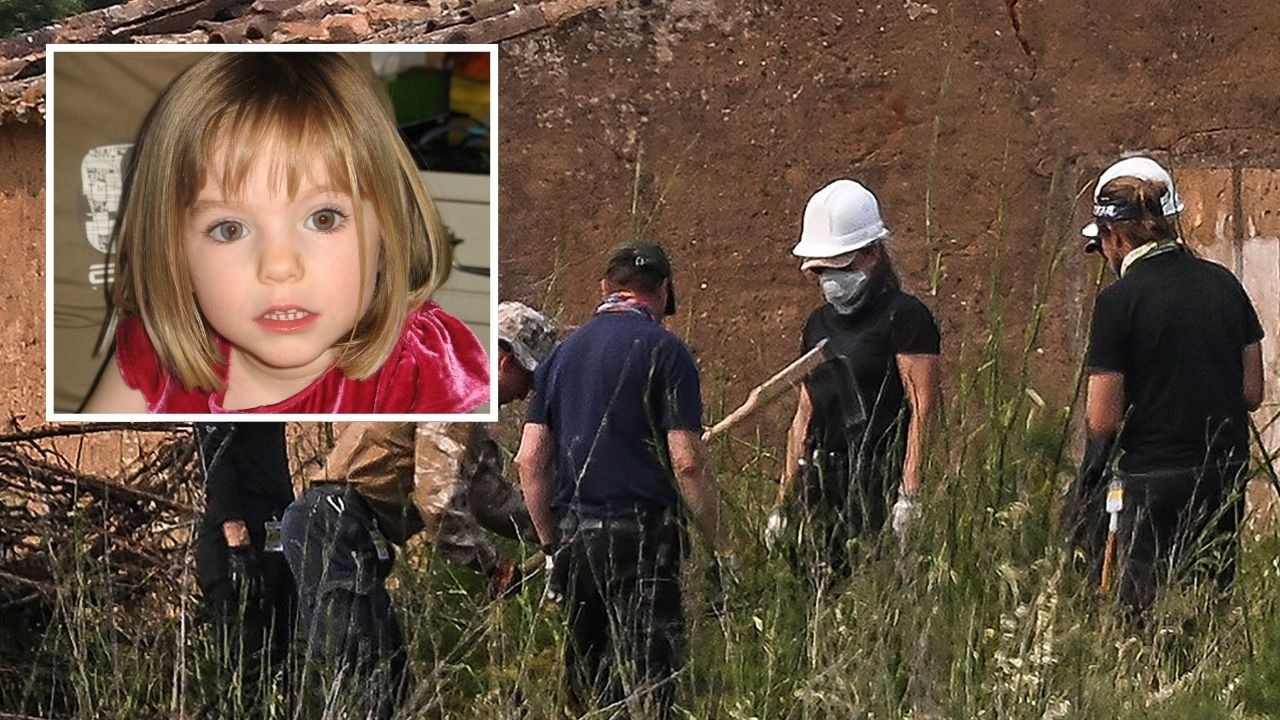Satellite images show the extent of the damage after Ukraine’s daring operation deep inside Russia
Satellite images analysed by experts have confirmed Ukraine’s claim that it destroyed crucial elements of Putin’s air power.

Satellite images analysed by experts have confirmed Ukraine’s claim that it destroyed crucial elements of Vladimir Putin’s air power during its surprise operation deep inside Russia earlier this week.
The raid, codenamed Operation Spider’s Web, took 18 months to plan and execute. Ukraine smuggled drones across the Russian border, hidden in trucks, which then drove to the sites of military bases. One penetrated as far as Siberia, more than 4000 kilometres away from the Ukrainian capital, Kyiv.
At a co-ordinated moment, the trucks released their drones, which then attacked while being controlled remotely.
Ukraine pulled off the extraordinary operation with near-total secrecy, and all its operatives successfully made it back across the border. Even the United States, whose intelligence and military aid have been vital throughout the war, was not warned beforehand.
“Planning, organisation, every detail was perfectly executed. It can be said with confidence that this was an absolutely unique operation,” Ukrainian President Volodymyr Zelensky said when it was over.
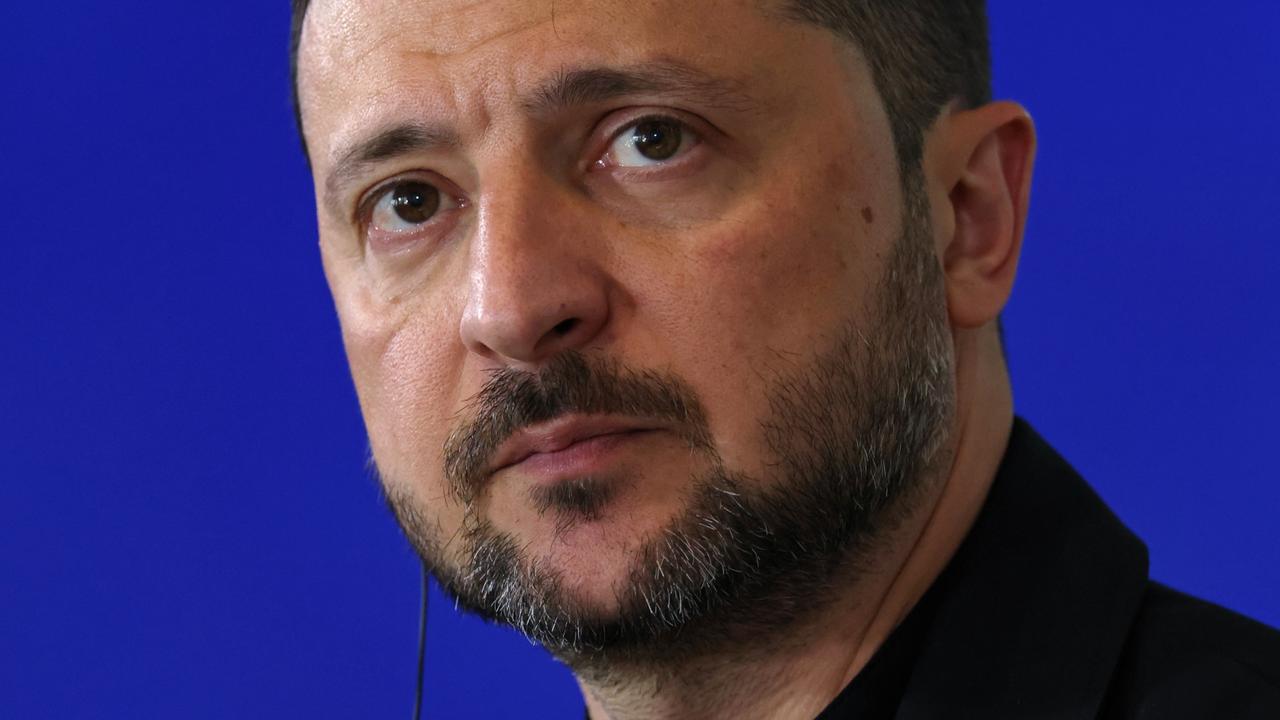
MORE: Putin’s $2.1bn ‘kleptocrat’ mansion exposed
In the immediate aftermath of the operation, Ukraine’s security forces claimed to have taken out about a third of Russia’s strategic bombers, partially crippling Putin’s capacity to launch long-distance missile strikes.
Lieutenant General Vasyl Malyuk, head of the Security Service, put the tally at 41 aircraft, encompassing both Tu-95 and Tu-22 bombers.
It turns out that was not even the full extent of the damage.
According to American military correspondent David Axe (fitting name, no?), the Ukrainian attacks on Russian bases appear to have diminished Russia’s already dwindling supply of A-50s – an expensive type of surveillance aircraft, equipped with a powerful radar, whose chief purpose is to co-ordinate operations involving fighter jets and bombers.
When Putin first invaded Ukraine, in February of 2022, he reportedly had nine active A-50s. By February of this year, that had fallen to seven, or perhaps even fewer, as Ukraine claimed to have destroyed at least two of them.
One of the air bases targeted in Operation Spider’s Web, in Ivanovo Oblast, is known to have housed A-50 aircraft, as captured by satellite imagery last month. Another photographic image, taken after the attack, showed at least one of the craft damaged.
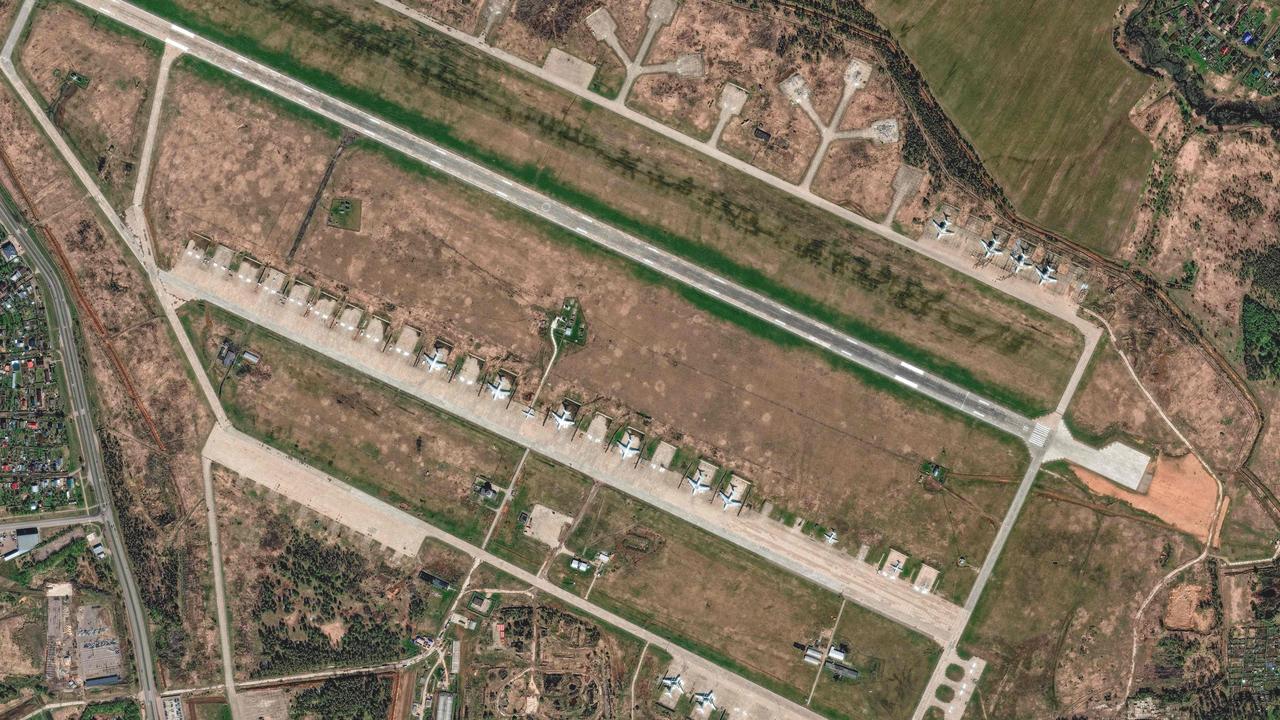
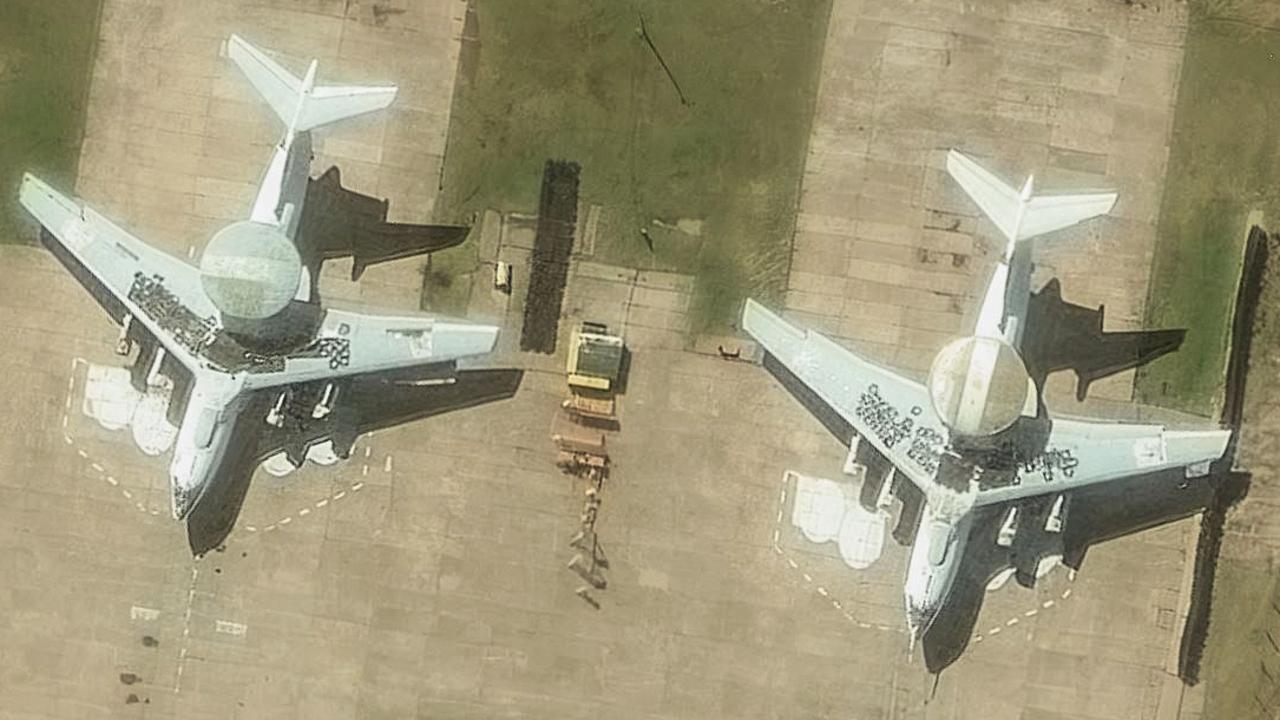
A-50 AWACS base at Ivanovo via Mizar 🛰ï¸
— Húrin (@Hurin92) June 2, 2025
At least 1 unit is destroyed possibly more pic.twitter.com/ikVKaWhFJW
The reconnaissance planes are hard to replace, and the cost – hundreds of millions of dollars – is not the only problem. After the aforementioned pair were lost earlier this year, Ukraine said Russia was trying to replace their capability with drones, as a sort of stopgap measure.
“It’s certainly plausible that Russians are scrambling drones to plug some of the gaps,” drone expert Steve Wright told Newsweek at the time.
“But it’s certainly not a one-for-one replacement.”
“That is hard to replicate with drones which, even if equipped with radar, lack the size and power to provide comparable radar coverage,” agreed Frederik Mertens, an analyst at The Hague Centre for Strategic Studies.
Satellite images from commercial firms have granted a valuable window into Ukraine-Russia war since Putin’s invasion began.
That these latest images show smouldering wreckage deep within Russia, though, is a fact that demonstrates the astonishing success of Ukraine’s operation.

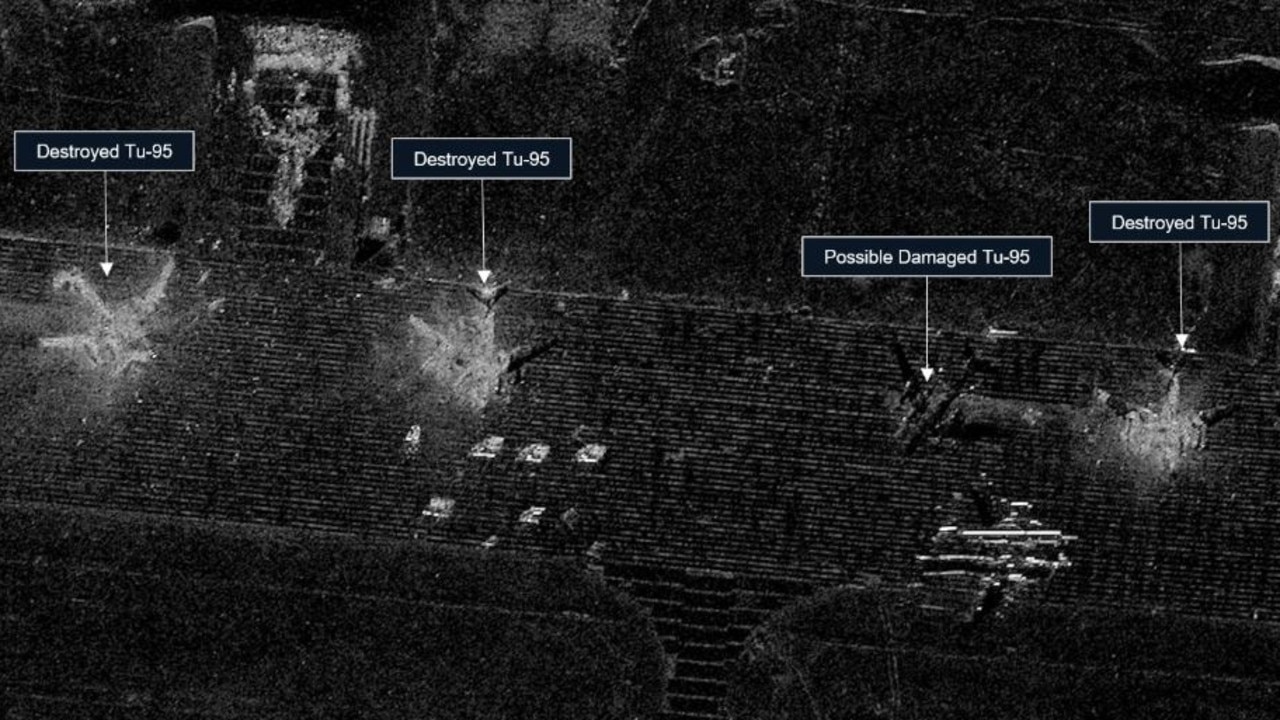
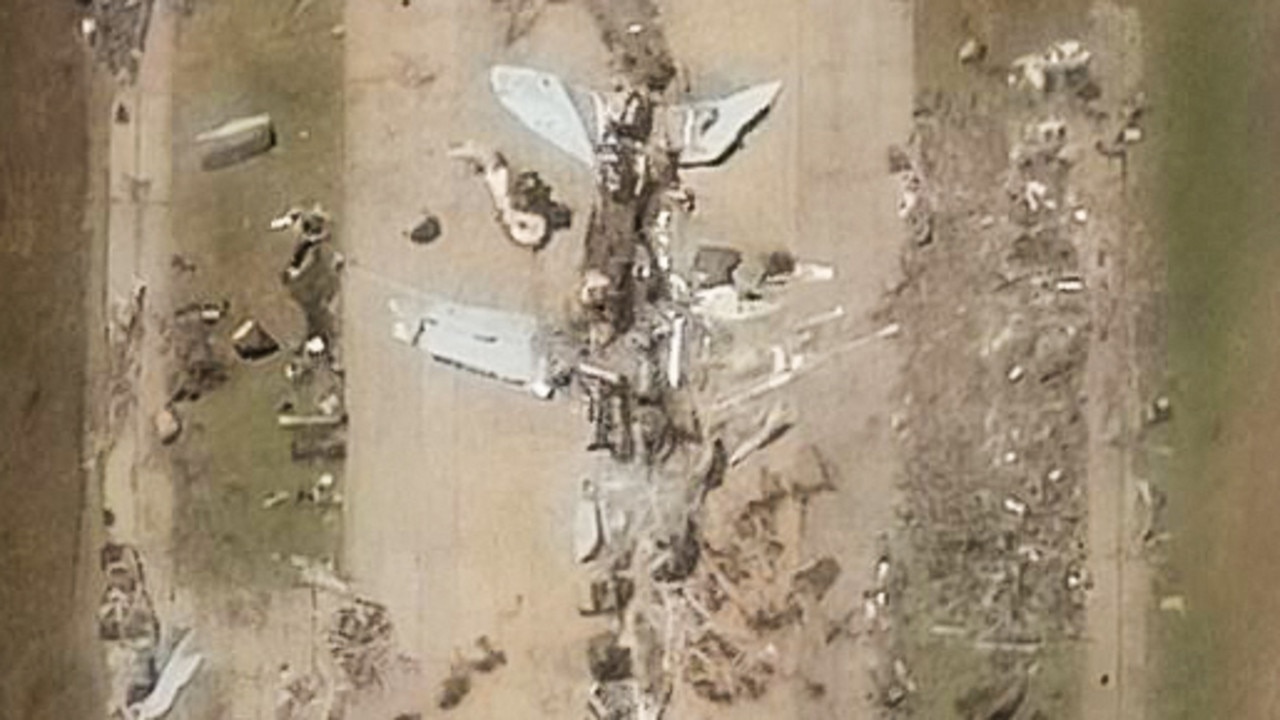
Defence analysis website The War Zone this week reiterated its previous assessment that “Russia would not have to lose very many bombers, as well as A-50s, to” suffer a significant negative impact.
“Even taking one or two bombers out of operation will impact the Russian Aerospace Forces. The bomber triad has played a key role in launching the barrages of cruise missiles that have regularly struck targets across Ukraine,” the site noted.
“At the same time, these aircraft are an integral part of Russia’s nuclear deterrent. This makes them a matter of great prestige, but also a critical element in Russia’s ability to launch nuclear or conventional air strikes against targets outside of Ukraine.
“These aircraft are also regularly used for long-range patrols over Europe and Asia, also venturing as far as the coast of Alaska, and for irregular visits to strategic allies.
“Wiping out a significant portion of one prong of the nuclear triad – the most flexible part of it – has an impact on the credibility of Russia’s overall deterrent.”




